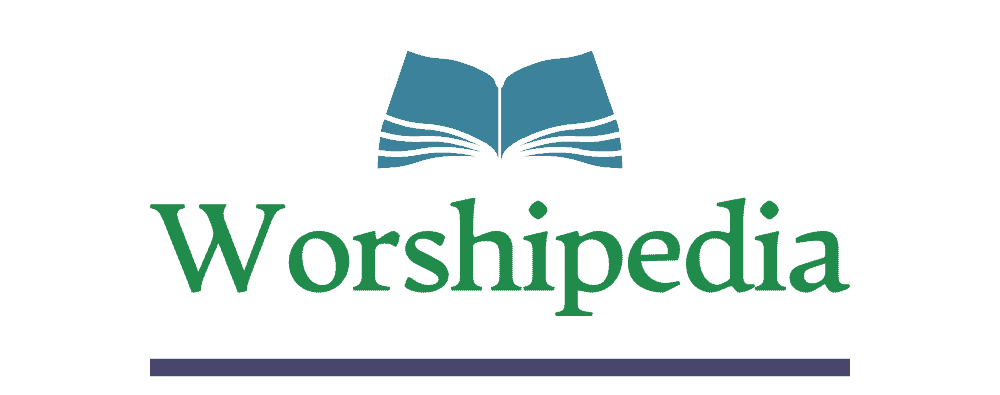Music in Twentieth-Century Worship
The trend toward a return to primal traditions in theology and worship practice was intensified in the mid-twentieth century, partly due to the influence of the “New Reformation.” Along with a return to biblical authority, we have seen a revival of Reformation worship forms and practice, including even neo-baroque organ design. The total result is a blend that includes three traditions: the apostolic heritage, historic medieval contributions, and Reformation distinctives.
